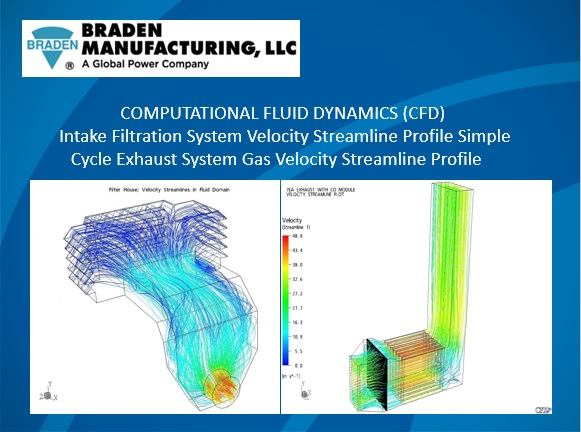
MATS Hot Topic Hour on January 29 covered Technology Improvements which will
reduce Compliance Costs
Speakers at the Hot Topic Hour yesterday provided recent data which shows that
improved activated carbon and absorbents will allow plants to meet MATS emission
limits with lower amounts of consumables. Changes to precipitators can allow
some plants to meet the particulate requirements of MATS without the need to
switch to fabric filters. The MATS decision making process can be compared to a
complicated trip with lots of requirements to reverse directions . This
optimum route can be characterized as a Global Decisions Positioning System
(GdPS™).

Many of the decisions relative to air pollution control depend on the fuel type.
The life expectancy of the plant is a big factor.
As many as 50 U.S. power plants have
opted for dry sorbent injection. To some extent, a short remaining life is the
reason for selection of this option.
McIlvaine Company will be revising forecasts of activated carbon consumption and
will publish these in Mercury Air
Reduction Markets within the next few weeks. Participants weighed in on this
subject. Initially, forecasts ranged from as little as 300 million lbs/yr to
over 1 billion lbs/yr. Cabot
just announced a new plant to produce power plant mercury activated carbon with
a capacity of 35,000 pounds to be on line in 2016. This follows several
expansions and new plants built for this market in the last five years.
The group agreed that even a 600 million lb/yr forecast for the U.S. may be too
large based on the introduction of new activated carbon products which are both
higher in performance and higher in price. For a carbon supplier, selling half
the quantity at twice the price not only increases unit profits but allows
suppliers to use the remaining capacity for other applications.
So the revised forecast will focus on activated carbon revenues as opposed to
tonnage. It will also take into account inroads from fuel-based chemicals and
non carbon absorbents.
MATS Agenda by Bob McIlvaine, McIlvaine
Company - Hot Topic Hour January 29, 2015
Bob provided an overview of the whole MATS decision making process using the
GdPS™ Concept.
Revision Date:
1/29/2015
Tags:
221112 - Fossil Fuel
化石燃料,
McIlvaine, Activated Carbon, Dry Sorbent Injection, Precipitator, Fabric Filter,
MATS, Mercury Removal, HCl, SO2, Particulate
Martin O’Brien
of Calgon Carbon addressed
three problems which have been solved with unique activated carbon designs.
Plants with high SO3 content in the flue gas are not able to meet
mercury limits at the carbon injection levels needed for low SO3
content. Calgon Carbon has products which are efficient under the high SO3
conditions. They also have products which can meet the emission limits while
still minimizing contamination of the flyash for the purposes of cement
production. Specially designed carbons, in conjunction with dry sorbent
injection, provide high efficiency on both acid gases and mercury.
Martin O'Brien addressed three problems which have been solved with unique
activated carbon designs.
Revision Date:
1/29/2015
Tags:
221112 - Fossil Fuel
化石燃料,
Calgon Carbon, Activated Carbon, MATS, Mercury Removal
Jim Dickerman
of Lhoist provided recent
data to show that a unique hydrate achieved the following:
Very high removals of SO2
(>98%) have been demonstrated for some industrial applications.
§
Sorbacal®SPS
performed 30–50% better than other hydrates tested for all conditions.
§
Reaction is very
temperature dependant – in general, the higher the temperature, the better the
removal.
DSI for MATS and CSAPR by Jim Dickerman,
Lhoist / Chemical Lime - Hot Topic Hour January 29, 2015
Jim Dickerman provided recent data to show what a unique hydrate achieved.
Revision Date:
1/29/2015
Tags:
221112 - Fossil Fuel
化石燃料,
Lhoist, Dry Sorbent Injection, MATS, HCl, SO2
Mike Widico
of KC Cottrell addressed the
particulate aspects of MATS. There are changes to precipitators which can
increase efficiency and, in some cases, cause a non-MATS compliant precipitator
to meet the new requirements. Some of the existing precipitators will meet MATS
without any upgrades. Others may find a switch to fabric filters is
warranted. Mike addressed the fabric filter options as well.
In the Q&A, Mike observed that the new mass monitoring requirements associated
with MATS will require continuous performance at a level not previously needed
with opacity monitors and periodic stack tests.
Mike Widico addressed the particulate aspects of MATS.
Revision Date:
1/29/2015
Tags:
221112 - Fossil Fuel
化石燃料,
KC Cottrell, Precipitator, Fabric Filter, MATS, Particulate
MATS Compliance Choices Webinar - Hot
Topic Hour January 29, 2015
Speakers at the Hot Topic Hour provided recent data which shows that improved
activated carbon and absorbents will allow plants to meet MATS emission limits
with lower amounts of consumables.
Revision Date:
1/29/2015
Tags:
221112 - Fossil Fuel
化石燃料,
Lhoist, McIlvaine, Calgon Carbon, KC Cottrell, Activated Carbon, Dry Sorbent
Injection, Precipitator, Fabric Filter, MATS, Mercury Removal, HCl, SO2,
Particulate